When his infant son was diagnosed with a rare, fatal disease, a Canadian father was dismayed to discover there was no treatment or cure. So he set out to make one himself.
Terry Pirovolakis, an IT director in Toronto, Ontario, welcomed his third son in Dec. 2017. It was a “normal, healthy birth,” he told Fox News Digital — but within six months, he and his wife, Georgia Pirovolakis, noticed their baby, Michael, was not lifting his head.
“He just didn’t seem like he was meeting his milestones,” Pirovolakis said.
MOTHER FRANTIC TO SAVE CLINICAL TRIAL THAT COULD CURE HER DAUGHTER: ‘THE TREATMENT IS SITTING IN A FRIDGE’
After months of doctors’ appointments, physiotherapy and genetic testing — what Pirovolakis describes as an “18-month diagnostic odyssey” — a neurologist diagnosed baby Michael with spastic paraplegia 50 (SPG50), a neurological disorder that affects fewer than 100 people in the world.
“They told us to just go home and love him — and said he would be paralyzed from the waist down by age 10, and quadriplegic by age 20,” Pirovolakis said.
When Michael Pirovolakis, pictured. was diagnosed with a rare, fatal disease as an infant, his father, Terry Pirovolakis, was dismayed to discover there was no treatment or cure. That’s when he set out to make one himself. (Terry Pirovolakis)
“They said he’d never walk or talk, and would need support for the rest of his life.”
What is SPG50?
Spastic paraplegia 50 (SPG50) is a neurological disorder that affects a child’s development, gradually leading to cognitive impairment, muscle weakness, speech impairment and paralysis, according to the National Organization for Rare Disorders.
Most people with the disease will die by the time they reach their 20s.
“Children with SPG50 may experience early developmental delays, muscle weakness and spasticity, but they continue to strive and adapt,” Dr. Eve Elizabeth Penney, an epidemiologist at the Texas Department of State Health Services and medical contributor for Drugwatch, told Fox News Digital.
WHAT IS ANGELMAN SYNDROME? COLIN FARRELL’S SON IS LIVING WITH THIS RARE DISEASE
“Over time, these symptoms can worsen, making it hard for affected individuals to walk and perform daily activities,” added Penney, who was not involved in Michael Pirovolakis’ care.
“The prognosis varies from person to person, but it’s generally a progressive condition, meaning symptoms can become more severe over time,” she also said.
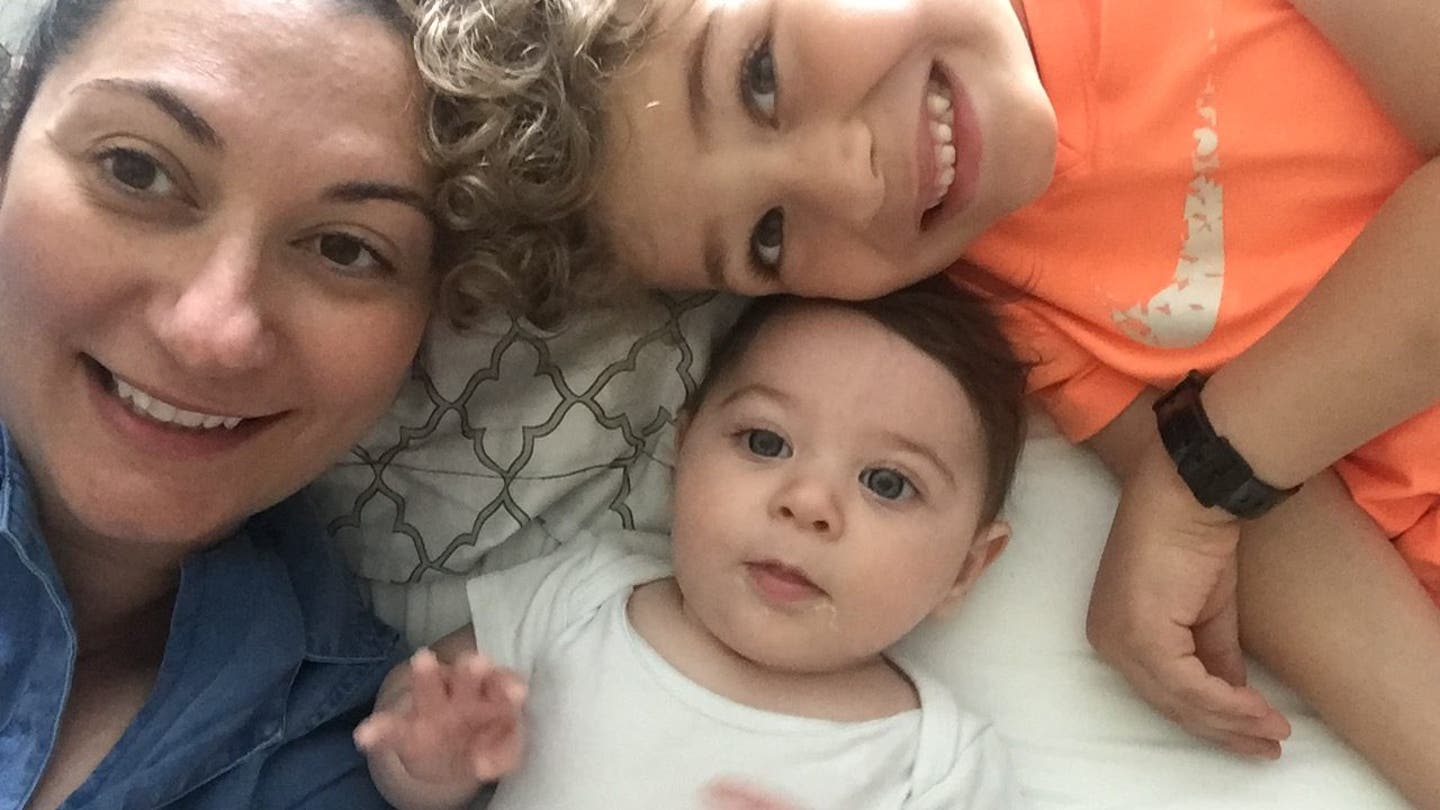
Georgia Pirovolakis (left) is pictured with her two sons, including baby Michael, who was diagnosed with SPG50. (Terry Pirovolakis)
In the absence of a cure, most families can only manage symptoms through physical therapy, occupational therapy, speech therapy and medications to help control spasticity or seizures, Penney said.
“Managing SPG50 requires a comprehensive, multidisciplinary approach to address its various symptoms and challenges,” she added.
A father’s mission
There is no treatment currently approved by the U.S. Food and Drug Administration (FDA) for SPG50.
After the shock of the diagnosis, Pirovolakis immediately started researching, with a focus on finding a gene therapy that could help his son.
“They said he would be paralyzed from the waist down by age 10, and quadriplegic by age 20.”
A month after his baby’s diagnosis, Pirovolakis flew to Washington, D.C., for a gene therapy conference, where he met with several experts. He also visited Sheffield, England, and the National Institutes of Health at the University of Cambridge, where scientists had been studying the disease.
“We then liquidated our life savings, refinanced our home and paid a team at the University of Texas Southwestern Medical Center to create a proof of concept to start Michael’s gene therapy,” Pirovolakis said.

Terry Pirovolakis, pictured with his family, used his life savings to create a genetic therapy for his youngest son, center, who has SPG50. (Terry Pirovolakis)
After successful tests showed the gene therapy was effective at stopping the disease’s progression in mice and in human cells, Pirovolakis worked with a small drug company in Spain to manufacture the drug.
On Dec. 30, 2021, Health Canada granted approval to move forward with the gene therapy for Michael Pirovolakis.
STIFF PERSON SYNDROME PATIENTS SHARE WHAT IT’S LIKE TO LIVE WITH THE RARE DISEASE
“On March 24, 2022, my son was the first person to ever get treated with gene therapy at SickKids in Toronto,” Pirovolakis said.
The procedure, which involves injecting cerebral spinal fluid through a lumbar puncture, does come with risks — but the potential benefits are life-saving.
‘I couldn’t let them die’
After Michael Pirovolakis received the one-time treatment, there were three more doses left.
“We decided that we had to help other kids,” Pirovolakis said.
“When I heard that no one was going to do anything about it, I had to — I couldn’t let them die.”
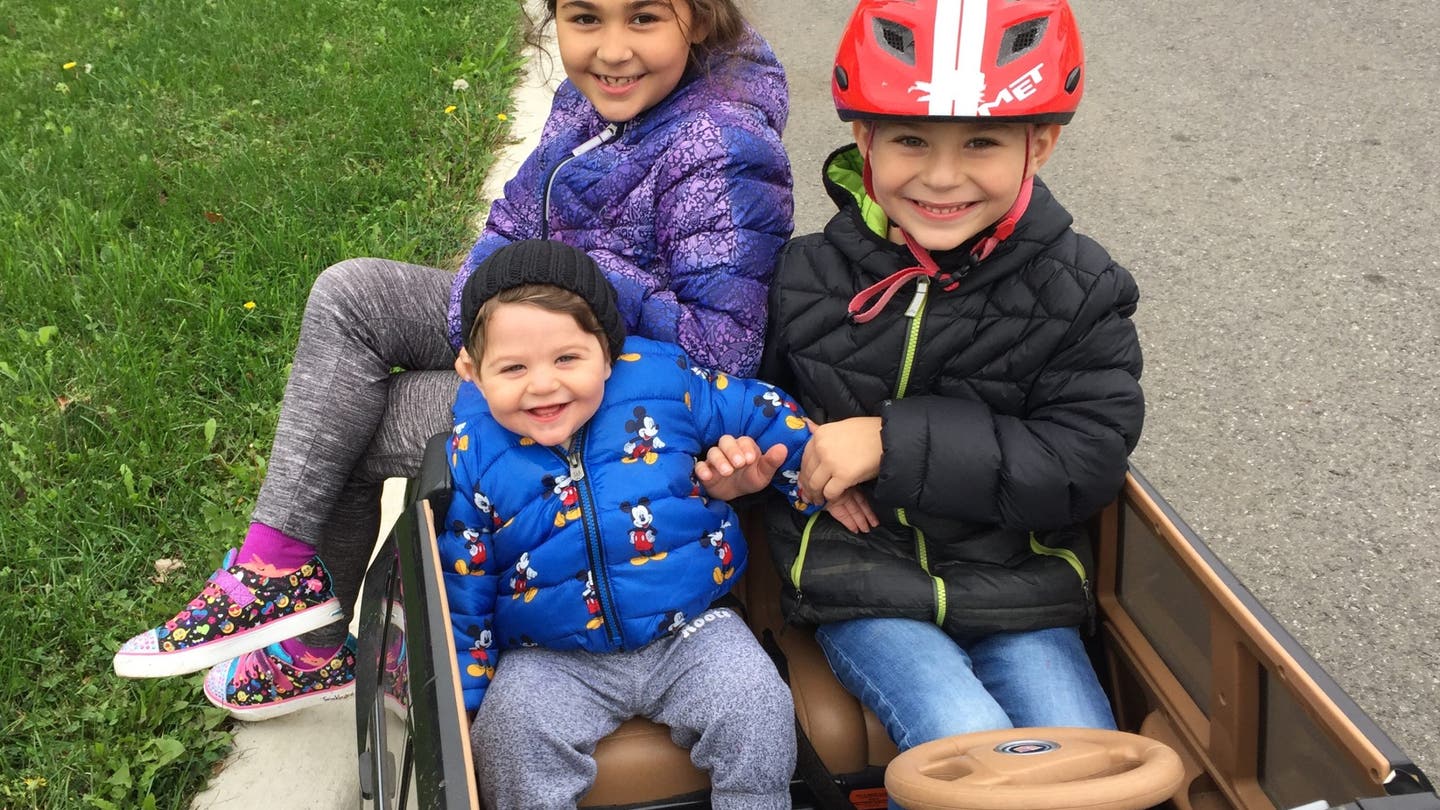
Pirovolakis’ two older children, pictured with their little brother, Michael, bottom left, do not have the disease. (Terry Pirovolakis)
Pirovolakis opened up a Phase 2 study in the U.S., which treated three children two years ago.
One of those was 6-month-old Jack Lockard, the youngest child to ever receive the treatment.
“Jack has thrived since then,” Rebekah Lockard, the boy’s mother, told Fox News Digital.
THE GIRL WHO CAN’T SMILE: HOW A RARE DISORDER BECAME A YOUNG WOMAN’S ‘GREATEST GIFT’
“He is sitting independently, banging toys together, drinking from a straw cup and working really hard on crawling.”
She added, “Doctors and therapists share the same sentiment: The treatment works!”
Other children who participated in the trial have experienced similar results, Lockard said.
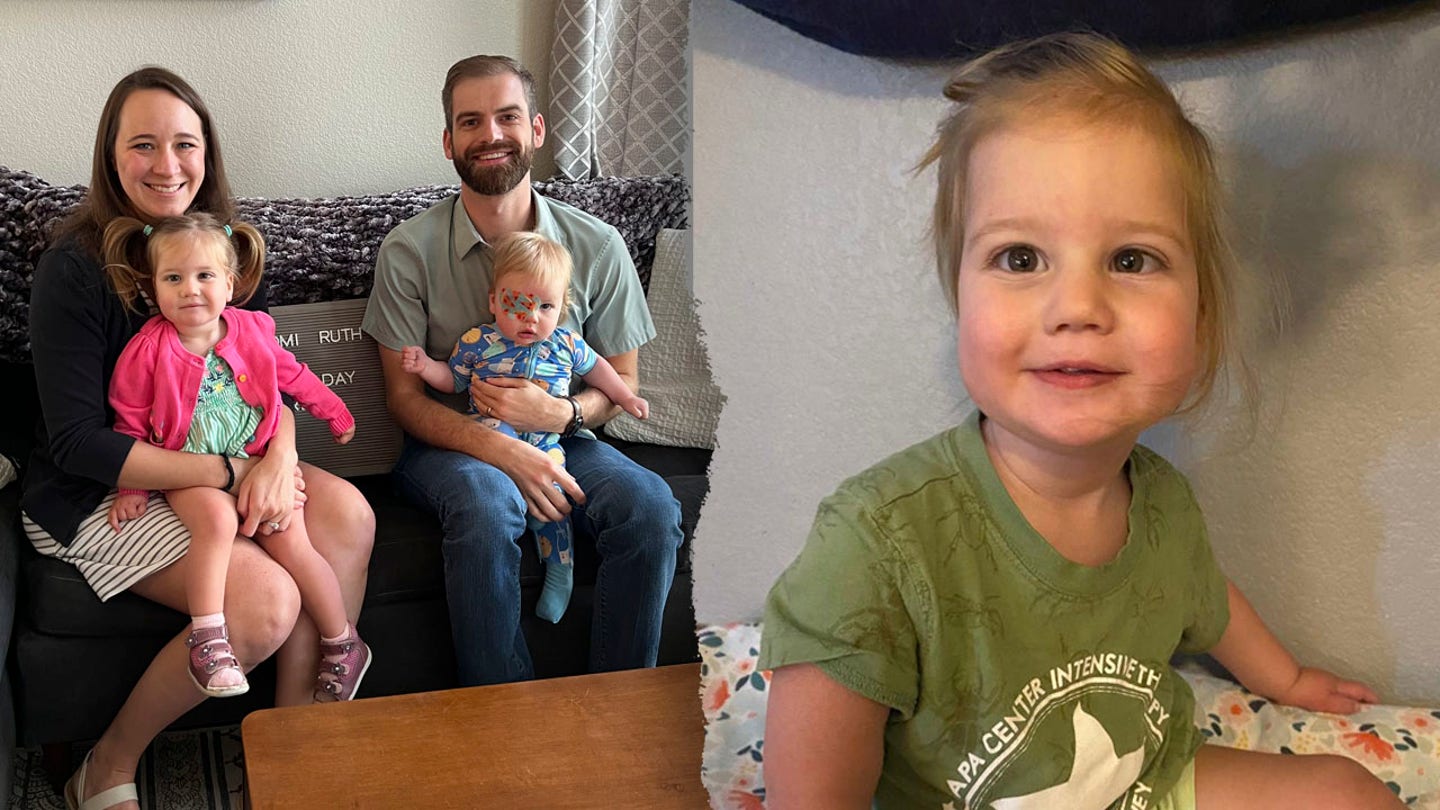
The Lockard family, shown here, is fighting to raise funds to obtain treatment for their daughter Naomi, at right, who has SPG50. (Rebekah Lockard)
“They’ve all shown that their disease has stopped progressing and their cognition has improved.”
There are more children who still need the treatment — including Lockard’s first child, 3-year-old Naomi, who also has SPG50 — but are unable to access it because the clinical trial has now run out of money, as Fox News Digital previously reported.
‘Time is of the essence’
It costs about $1 million to make the drug for each child, Pirovolakis said, and another $300,000 or so to treat the patient in the U.S. at the hospital.
Pirovolakis has approached pharmaceutical companies, but all of them have declined to manufacture the drug.
“We want to make sure the trial moves on and these kids get treated.”
“No investor is going to give you money to treat a disease that is not going to make money,” he said. “That’s the dilemma we’re in.”
While Pirovolakis and his team are actively working to secure grants and investors, it’s largely up to the parents to raise funds for the next phase of the clinical trial.
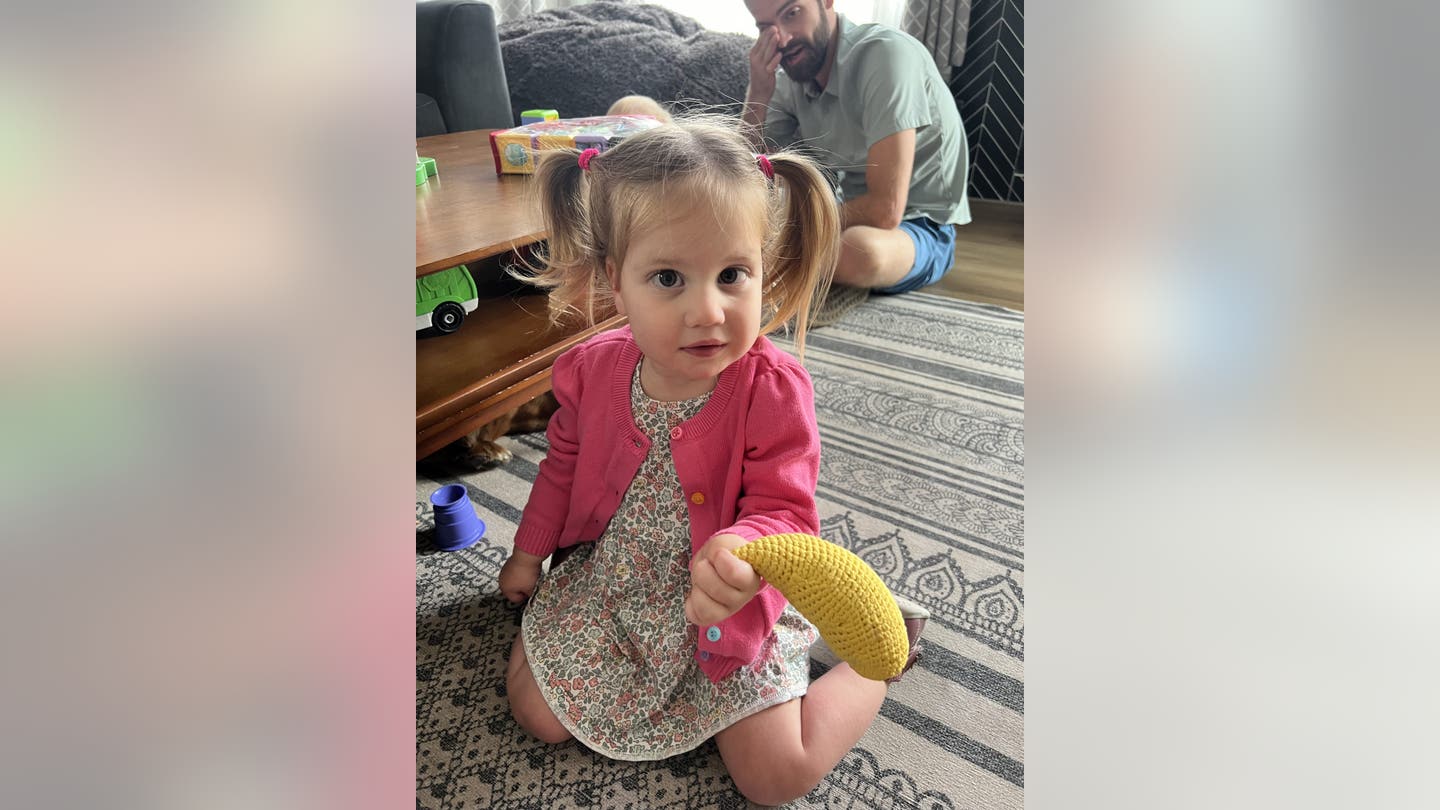
So far, Lockard has raised more than $90,000 via GoFundMe (called “Naomi and Jack Battle SPG50”) to get her daughter’s treatment, but that is only a fraction of what is needed. (Rebekah Lockard)
So far, Lockard has raised more than $90,000 via GoFundMe (called “Naomi and Jack Battle SPG50”) to get her daughter’s treatment, but that is only a fraction of what is needed.
Penney noted that treatment for SPG50 is challenging and expensive to develop — “mainly because it’s a sporadic disease.”
The doctor told Fox News Digital, “Pharmaceutical companies often prioritize conditions that affect larger populations, with a more significant potential for recouping research and development costs.”
CHILDREN WITH TOTAL DEAFNESS REGAIN HEARING AFTER ‘GROUNDBREAKING’ GENE THERAPY: ‘LIKE A MIRACLE’
“The market is much smaller for rare diseases like SPG50, making it financially less viable for companies to invest in creating a treatment.”
To devote himself to the cause, Pirovolakis quit his job and started a nonprofit in California, which now has five employees and 20 consultants.
The company — called Elpida Therapeutics, after the Greek word for “hope” — will run a Phase 3 study for SPG50 at the NIH in November.
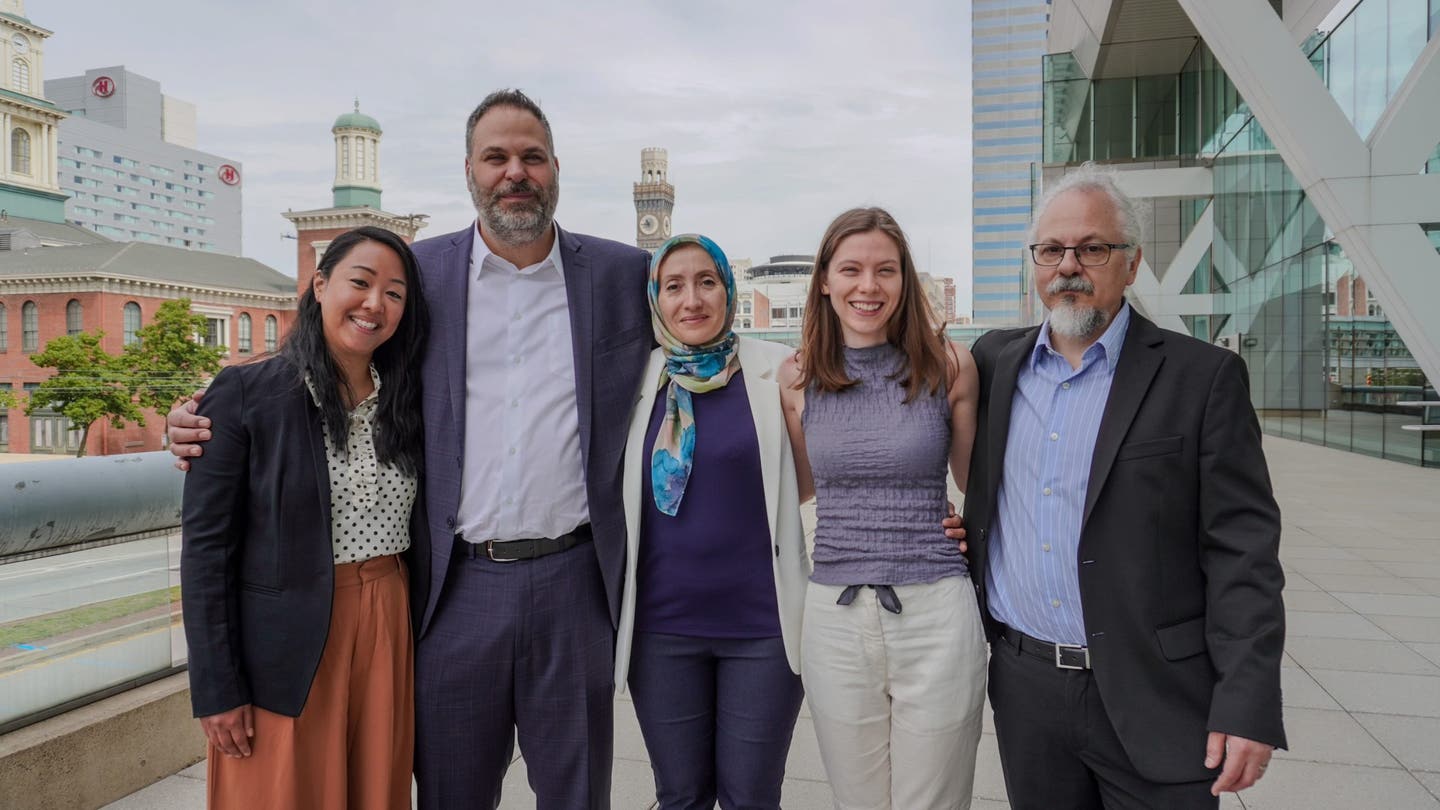
Terry Pirovolakis, second from left, is pictured with members of his team at his nonprofit, Elpida Therapeutics. Elpida Therapeutics has partnered with the Columbus Children’s Foundation (Fundación Columbus in Spain) and CureSPG50 to help save children with the disease. (Pirovolakis)
Without the backing of major drug companies, however, there isn’t funding available to get the therapies to the children who need them.
Eight doses of the drug for SPG50 were produced in Spain and have been flown to the U.S.
“The treatment is here, just literally sitting in a refrigerator, ready to go,” Lockard said. “Doctors are ready. There just isn’t enough money to make it happen.”
For more Health articles, visit www.foxnews.com/health
There are currently four families in the U.S. who are trying to raise the money that’s needed, according to Pirovolakis.
“Time is of the essence,” he said. “We want to make sure the trial moves on and these kids get treated.”
The end goal
Looking ahead to the Phase 3 clinical trial at the NIH, Pirovolakis’ goal is to treat eight children with SPG50.
“If we can show that it works in all eight children — and we can prove to the FDA that it is making a difference — then the drug will get approved and every child can get it,” he said.
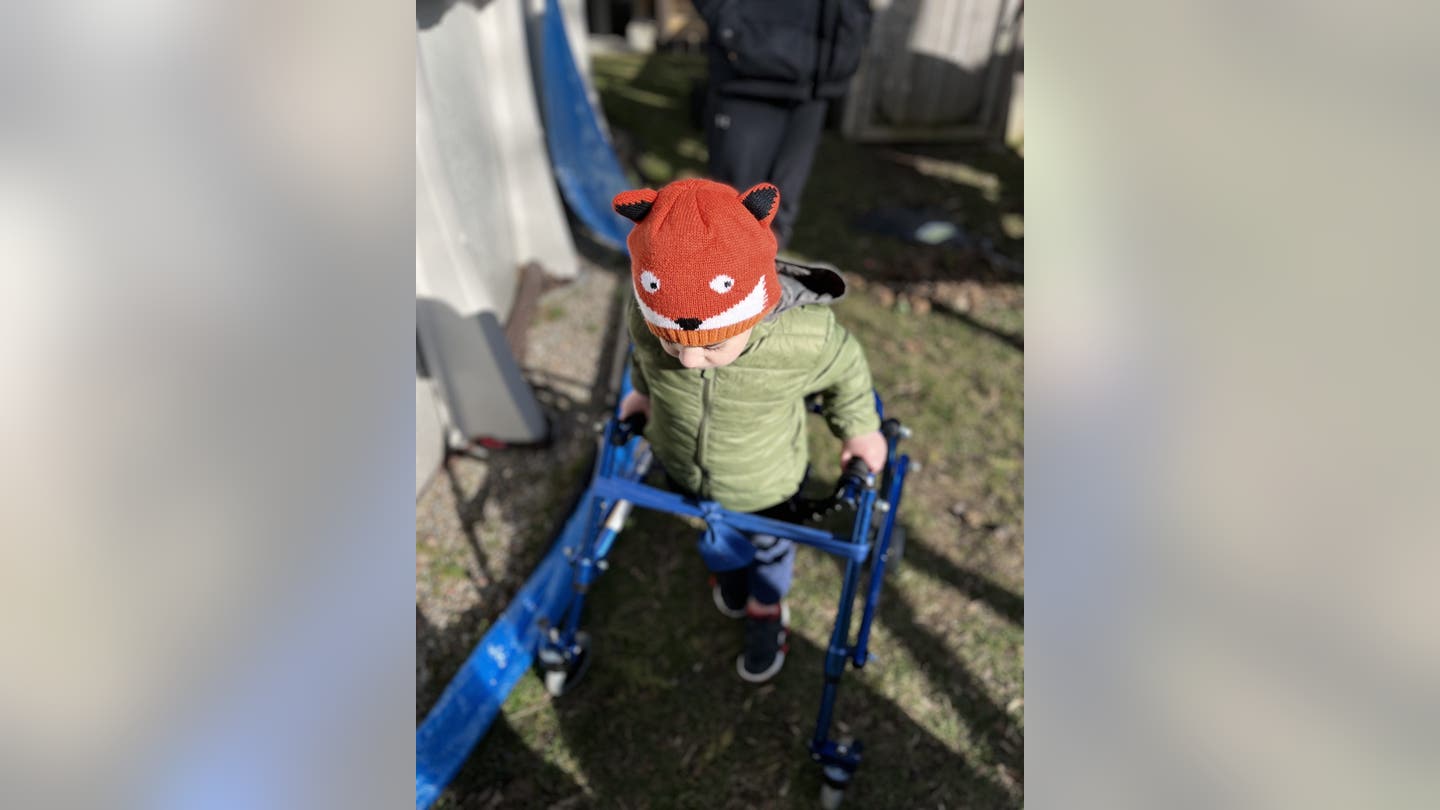
Michael Pirovolakis is pictured walking with the aid of a walker. Spastic paraplegia 50 (SPG50) is a neurological disorder that affects a child’s development, gradually leading to cognitive impairment, muscle weakness, speech impairment and paralysis. (Terry Pirovolakis)
Ideally, after the drug is approved — which could take three to five years, Pirovolakis estimates — SPG50 will be added to hospitals’ newborn screening programs and every child with the disease will be able to get the therapy.
Elpida Therapeutics has partnered with the Columbus Children’s Foundation (Fundación Columbus in Spain) and CureSPG50 to help save children with the disease.
CLICK HERE TO GET THE FOX NEWS APP
“Our partnership with Elpida is driven by an unwavering commitment to leaving no child behind,” Sheila Mikhail, co-founder of the CCF, said in a statement to Fox News Digital.
“At the Columbus Children’s Foundation and Fundacion Columbus, as a global organization, we believe that every child deserves a chance for a healthy future. Together, we’re making groundbreaking strides in treating ultra-rare genetic disorders, ensuring that no child is left to face these challenges alone.”
“The biggest challenge in providing treatment for children with rare diseases often comes down to a lack of funding and vision.”
Pirovolakis said he gets several calls each week from families around the world, asking for help saving their children.
“Unfortunately, the biggest challenge in providing treatment for children with rare diseases often comes down to a lack of funding and vision,” he told Fox News Digital.
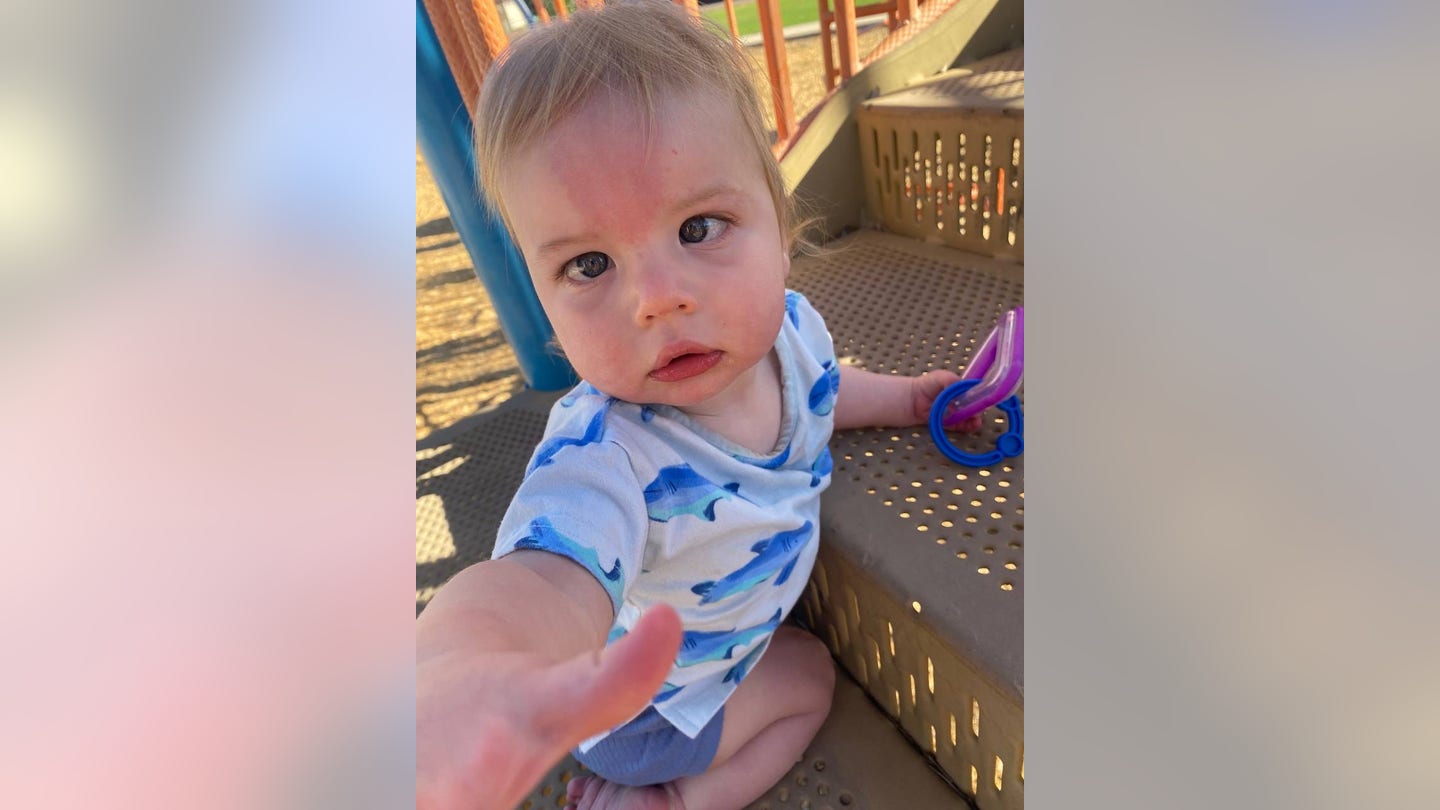
After Jack Lockard, pictured, received the gene therapy at 6 months old, the family soon noticed improvements in his cognitive and physical milestones. (Rebekah Lockard)
“The technology to cure our children is already here. I hope that someone with immense wealth — and more importantly, the vision and influence — will step in,” he said.
“Their support could not only impact a handful of diseases and children, but extend hope to thousands of rare diseases and millions of children, both this generation and the next.”
CLICK HERE TO SIGN UP FOR OUR HEALTH NEWSLETTER
Currently, 40 million Americans are living with a rare disease, and one in 10 will be afflicted by a potentially treatable rare condition.
Pirovolakis added, “Someone you know or love will likely be affected by a rare disease.”
